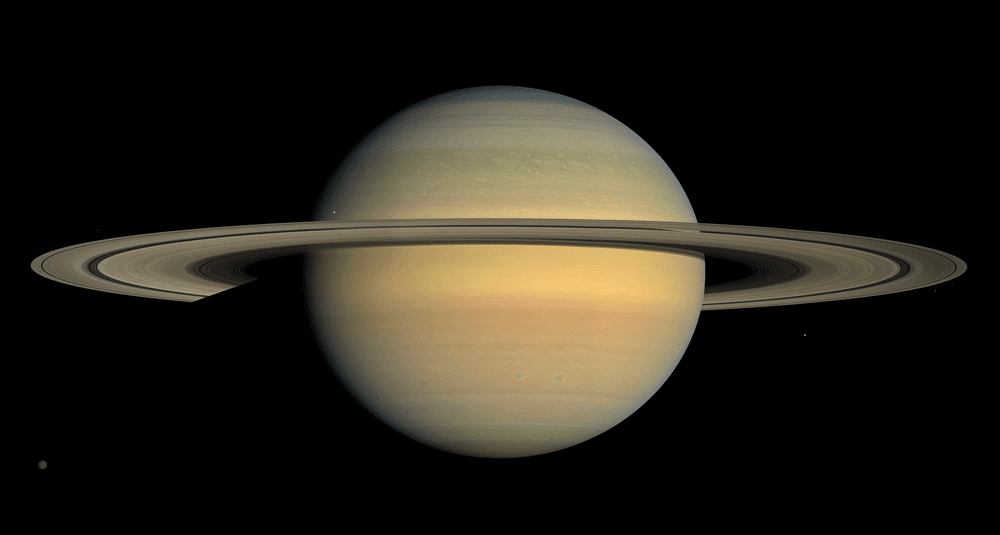How many years has the Cassini spacecraft been in orbit around Saturn?
Last Updated:
The Cassini-Huygens mission, an emblematic space adventure, marked a turning point in our understanding of the solar system, in particular Saturn and its moons. The mission’s main objectives were to study the structure and behavior of Saturn, its rings and moons. In terms of space exploration, Cassini-Huygens represented a major milestone, pushing back the limits of our knowledge and technological capabilities.
This mission is the fruit of exceptional international collaboration. Renowned space agencies such as NASA (USA), ESA (Europe) and ASI (Italy) played a crucial role. Each participant brought its own unique expertise, whether in terms of technology, scientific research or logistical support, contributing to the overall success of the mission.
The Cassini probe, named after Italian astronomer Giovanni Domenico Cassini, is a masterpiece of space engineering. Its design incorporates a series of scientific instruments designed to gather data on Saturn, its rings and moons. The Huygens module, named after the Dutch astronomer Christiaan Huygens, had a specific mission: to land on Titan, Saturn’s largest moon. The module provided invaluable information about Titan’s previously mysterious atmosphere and surface.
Cassini’s journey to Saturn began with a successful launch and a complex itinerary through the solar system. The journey required precise maneuvers and meticulous planning, testifying to the expertise and creativity of the ground teams.
The landing of the Huygens module on Titan was one of the highlights of the mission. It was the first time a spacecraft had landed on a celestial body so far from Earth. The data collected during this landing opened a new window on this exotic world, covered with rivers and lakes of liquid methane.
The main stages of the Cassini mission were marked by close flybys of Saturn’s moons, dives into the planet’s rings and detailed observations of its atmospheric and magnetic structure. Each stage of the mission brought its own set of discoveries, altering our perception of the universe and its processes.
The mission finally came to a spectacular close. Running out of fuel, the Cassini probe was intentionally plunged into Saturn’s atmosphere to avoid contamination of potentially habitable moons. This “grand finale” marked the end of an era in space exploration, but also left a lasting legacy of knowledge and inspiration for future missions.
In technical terms, the Cassini mission was a real tour de force. It enabled remarkable advances in space probe design, interplanetary navigation and scientific data collection.
In human terms, Cassini captured the public imagination and stimulated interest in space exploration. Its breathtaking images and discoveries have touched millions of people and inspired future generations of scientists and engineers.
However, the mission was not without controversy. The use of plutonium as an energy source has raised environmental and safety concerns, although mission managers have assured us that all necessary precautions have been taken.
The end of the Cassini mission marks the end of an era in the exploration of the outer solar system. It set a high standard for future missions, showing what is possible in terms of data collection and remote exploration.
Cassini’s legacy continues to inspire future space missions, not least thanks to the discoveries of Titan and Enceladus, which have become prime targets for the search for extraterrestrial life.
In terms of awards and recognition, Cassini has been hailed worldwide for its contributions to space science and engineering. Its achievements have been recognized by numerous scientific institutions, and its teams have won numerous awards.
sciences

How many years has the Cassini spacecraft been in orbit around Saturn?
Answer
Cassini is a NASA space probe launched in 1997 to study Saturn. It completed its mission in 2017.